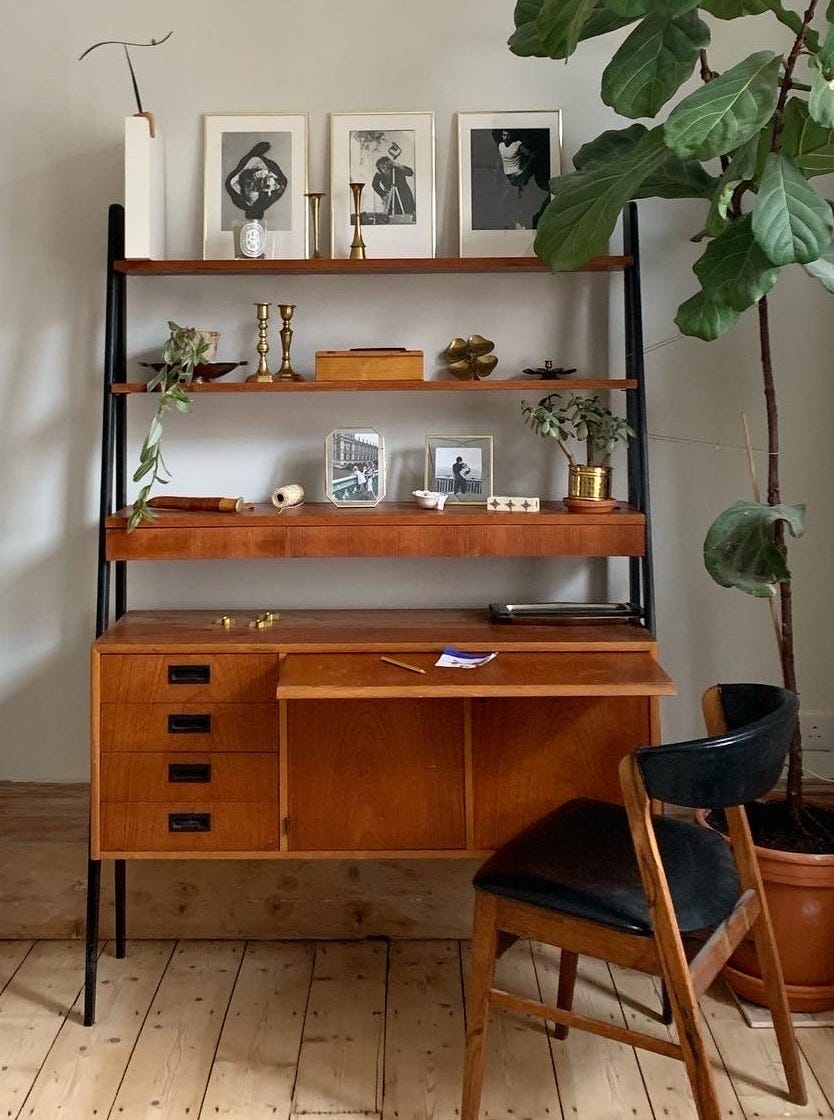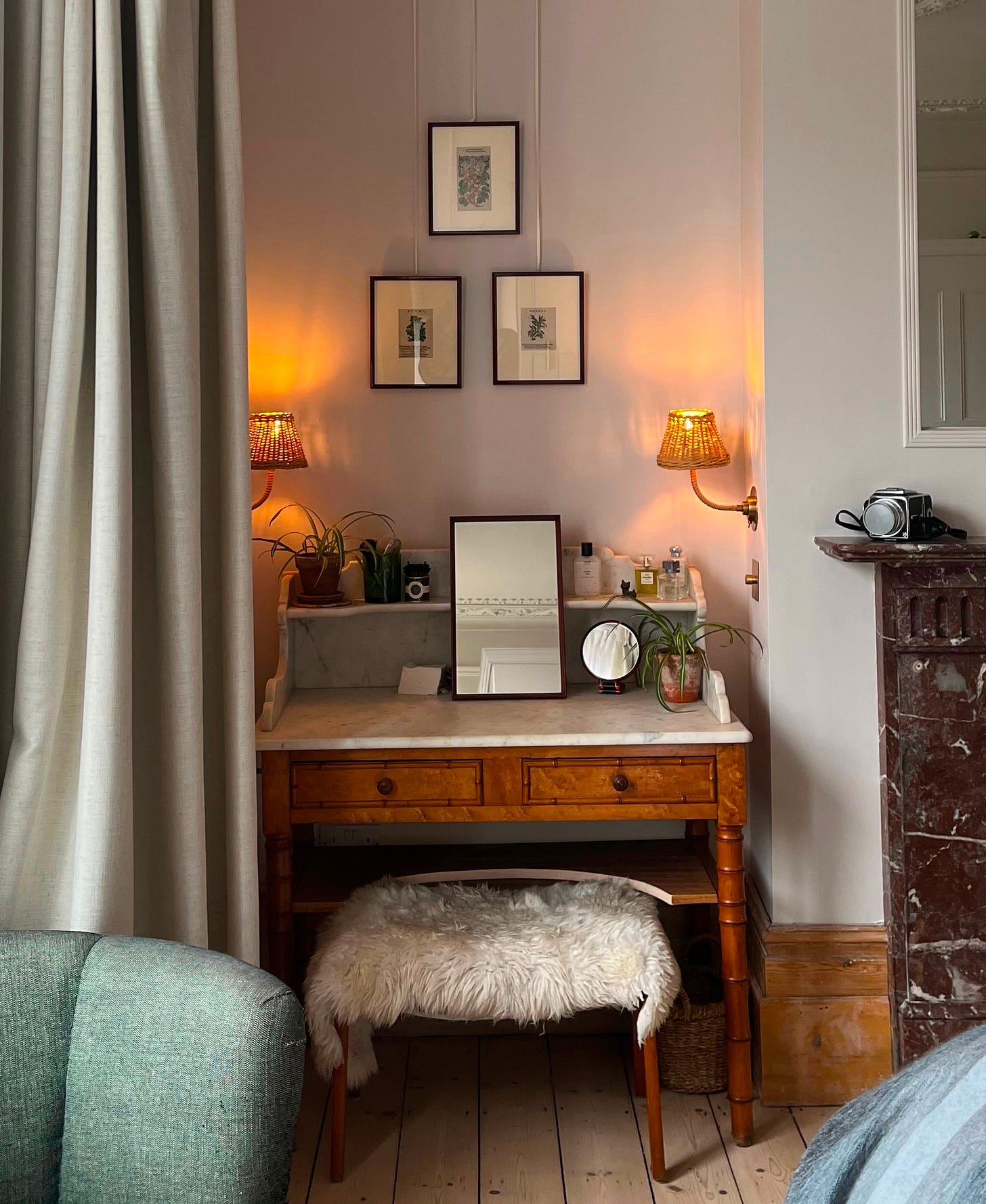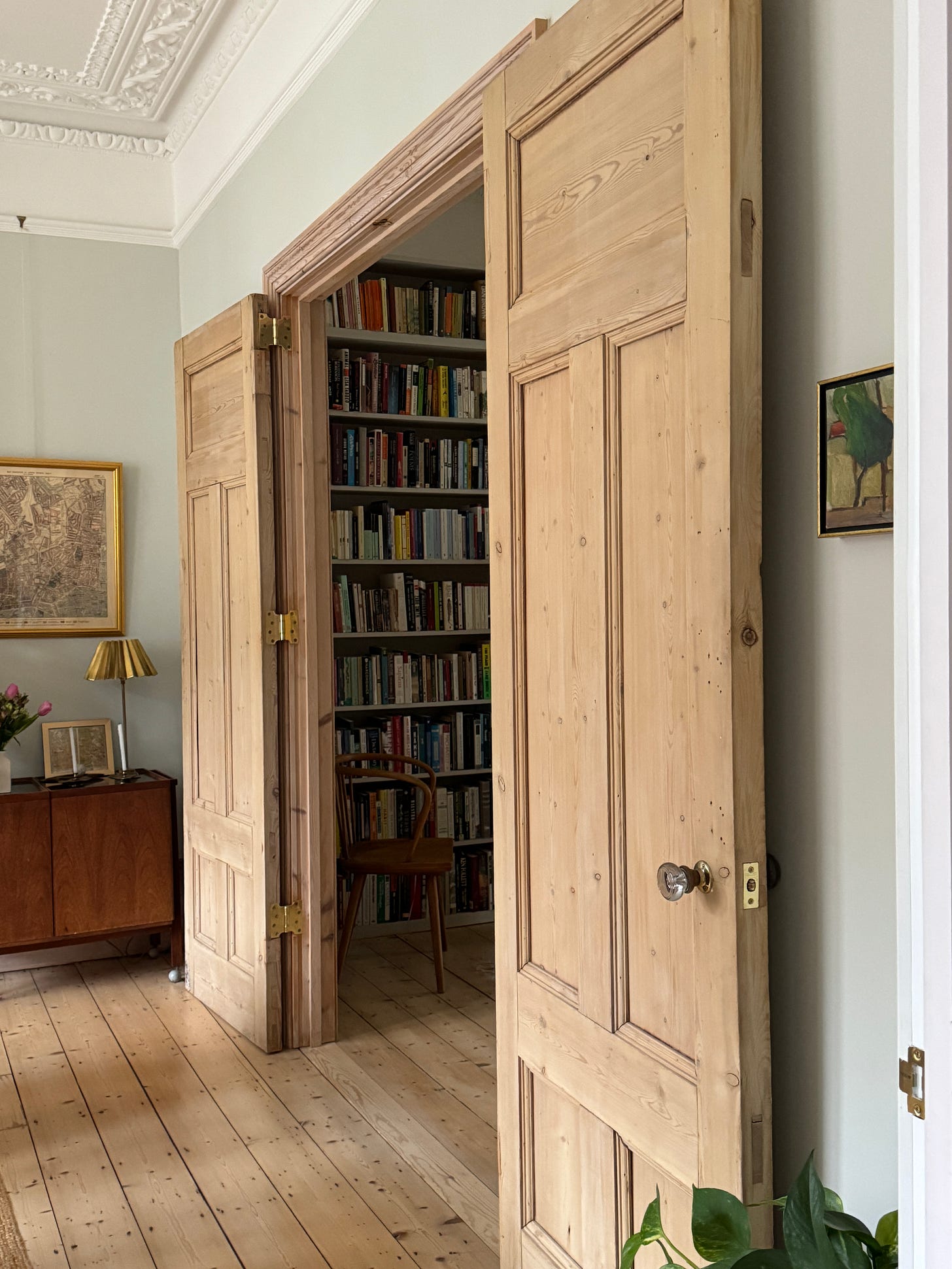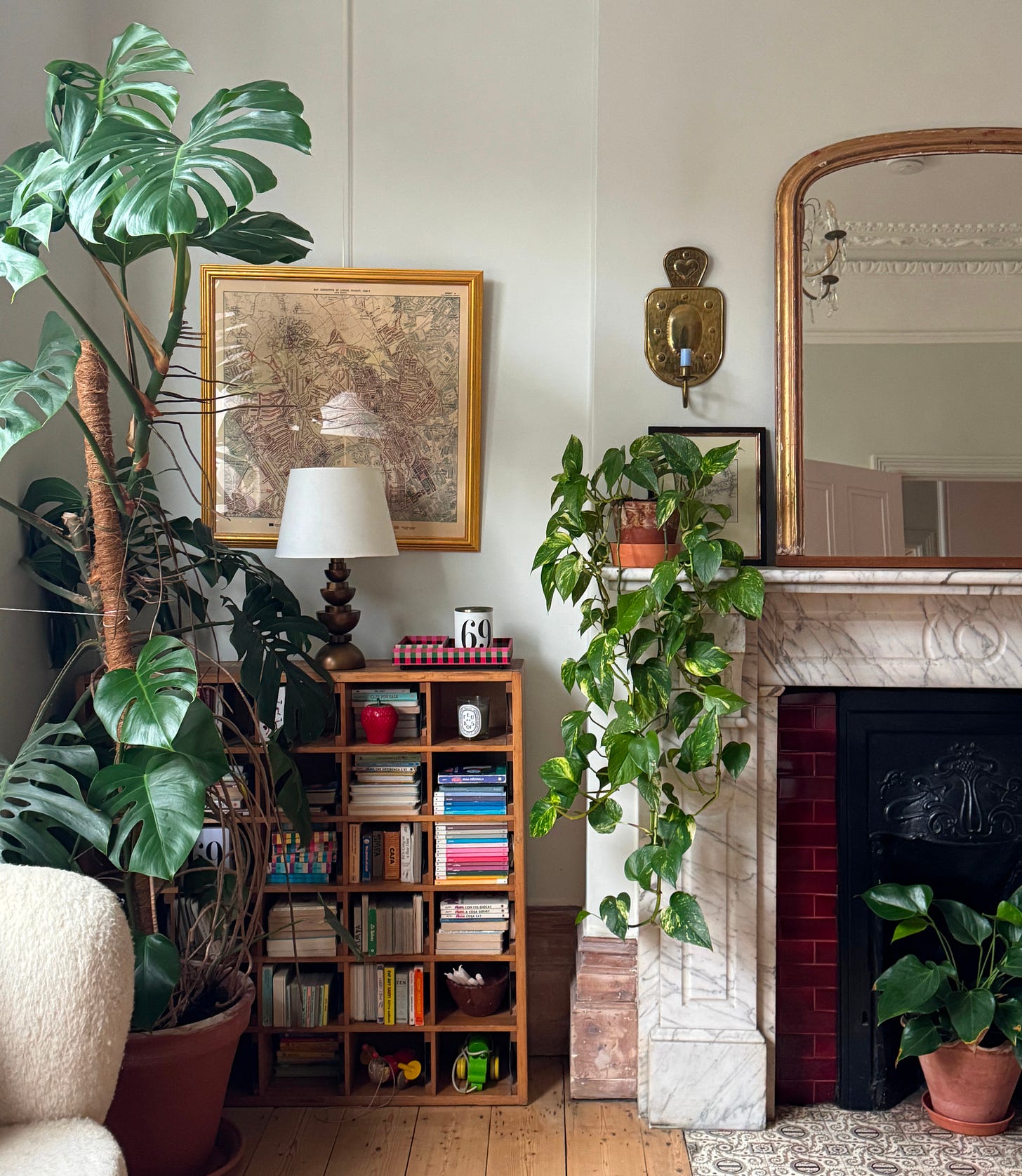I find myself here, in the middle of my life, an interior designer. I didn’t set out to do this or become this, but in hindsight it makes a lot of sense. My parents curate a beautiful home, and all of my many aunts and siblings do, too. It’s where we put our energy. It’s in the blood or in the water. Or both.
Sometimes I’m asked what my design rules are. But because I was lucky enough to grow into being — and not study to become — a designer, I don’t know what I don’t know. But I do know that I don’t know any of the “rules.”
And so, after probably too little thought, here are my design rules.
My Design Rules
There Are No Rules
There are only opinions. Including these “rules” of mine. This is a fully subjective sport we’re playing and you can take and leave what you like. I have a very strong sense of taste. Maybe you do, too. Taste is personal. If you know what you love, embrace it. If you don’t know what you love, look around for inspiration and what makes you happy. Don’t follow rules that don’t make sense to you. If the rules ring true or make decision making easier, then by all means! Follow them into the sunset.
Function First
A space has to function. If a beautiful kitchen isn’t easy to cook in, it’s not well-designed. If a home does not flow and function for the people who live in it, it doesn’t matter how beautiful the finishes and furnishings are. While being surrounded by pleasing, pretty things is key for aesthetically-minded people (like me), design is about quality of life. And this is so personal because we all prioritise different things about how our home should function.
Ask what purpose a room or space needs to serve and let that guide you.
Fix the Bones
So much of design and renovating is compromise. If budget is limited (and when isn’t it), fix the bones first. Invest in things like reinstating missing original features, sorting out the flooring and windows — the bones must be solid to be built solidly upon.
In this vein, unless necessary, don’t do things you intend to rip out later on. Avoid temporary, subpar solutions when patience will get you where you want to be.
There’s Never Just One Answer
As a designer who designs other people’s spaces, this is a key rule for me. There is no such thing as a make-or-break colour, thing, item, what-have-you. Many, many chairs will work with that dining table. You can use any number of fabrics on that sofa and still have a stunning room that feels the way you want it to. As designers, we’re often trying to pitch or sell our ideas to a client. I get that. But while there can be many wrong ways to furnish, paint, or decorate something, there are also many right ways. Don’t let anyone or any trend tell you otherwise.
Create Vignettes
I think of spaces’ layouts, purpose, function and flow first and then? I think of vignettes. You want to think of what you’ll be looking at when you enter a room or when you’re in the place you’ll be cooking or sitting or hanging out most often, and make that vignette beautiful. It’s often the room’s focal point, such as a fireplace or a large window. But it can be a sideboard with a lovely arrangement of books, a lamp and a piece of art or a mirror that makes you happy above.
My bedroom is a good example of using vignettes. I chose to put the “working” part of our bedroom (the closet area) behind the bed, out of view, so that the views from bed (my dressing table [which I keep styled *just so*], our fireplace and our big bay window) are pretty.
Think of the parts of the rooms your eye is drawn to, and try to make those spaces nice to look at.
Buy Only What You Love
If you want your home to feel like a reflection of you, to bring you peace and joy, only buy things that bring you joy. If it doesn’t make you happy, don’t buy it.* Do not follow trends, and with few exceptions, do not buy things that you’re planning to replace. If you buy only those things (or paint with only those colours, etc.) that bring you joy, your home will feel cohesive! It will feel like you!
In this same vein, it’s OK (in fact, it’s preferable!) to mix and match. High and low. New and old. Traditional and modern. Homes that stick fastidiously to one specific period or style can feel too designed and not reflective of their owners.
Another thing to add here: don’t buy things for the sake of filling shelves, spaces, etc. Don’t buy mass-produced tchotchkes that tell no story or have no meaning for you. Wait until you find something that brings you joy.
If you pause before buying something for your home and gut check back in a few days, you’ll have a good sense of if you really love it or if it just felt like it filled a void. A noteworthy exception here is with vintage items/Instagram sellers — that shit moves quickly so if you see something you love, pounce!
* There are some exceptions for things that are necessary and necessarily ugly. I’m thinking of, specifically, microwaves.
Care For Your Home
If you feel like your home serves you and cares for you, you’ll care for it back. And if you care for it by investing in it, keeping it clean and keeping it up, you’ll feel like it’s caring for you and the cycle will continue. In my experience, if you’re house is making you sad (and trust me, I’ve been there!), caring for it (tidying it up, showing it some love) will probably make you like it more and may make you feel better overall.
My Small & Simple Design Rules
Again, as someone who doesn’t believe in design rules, I urge you to take these with grains of salt and for what they really are: guidance, not truth.
Your art might be too high + too small
These are definitely some of the most common issues I see in the homes I visit. Make sure art, mirrors and wall decor of all stripes are hung at eye level. There are exceptions, of course. If you have a massive wall with large art or an installation or multiple pieces, then some art will inevitably be higher than eye level. But in general, hang it where we can see it!
Another super common issue I see is art that is too small for the space. Make sure the art is proportional to the wall and to the furniture it’s complementing, etc.
Your furniture might be too small
Furniture should fill out your rooms. Try not to have dead spaces.
You may have too much stuff
As I mentioned, I meet a lot of you in person. I see how so many families live and hear how their homes do and don’t work for them. And part of the “design” conundrums so many of us have stem from the fact that we all have too much crap. If we got rid of stuff we don’t use/like/need/wear, we’d have homes that we ask less from and that disappoint and stress us less, too.
Go vintage first
This is a great way to buy things that are very well-made, pretty, unique and practical.
Need a lot of toy storage and can’t think of anything except white boxes from IKEA*? Try a vintage chest or baskets.
Need clothes storage for bedrooms but are justifiably scared of the cost and commitment of built in joinery? Try an antique armoire.
Need new plates, cutlery or crockery? Try buying used cast iron pots and pans, second-hand dinnerware and silverware. You’ll own unique, beautiful, solid pieces with history and you’ll be helping the planet.
If I need something new for my own home, I very often turn to vintage sellers as the first port of call.
*this is absolutely not me dunking on IKEA; I love and deeply respect IKEA. There is a time and a place!
Don’t Forget About Lighting
Lighting is such an important layer in a home but so often ends up an afterthought. I have lots more to say about lighting, but if you’re designing a room or an entire home, consider lighting in terms of both form and function.
Thanks as always for being here!















As always, spot on with fantastic advice and guidelines for creating a home that is uniquely yours!